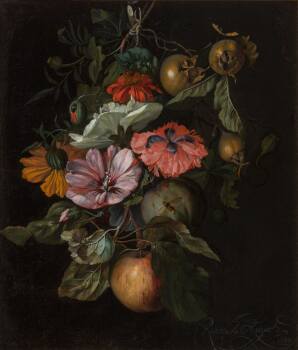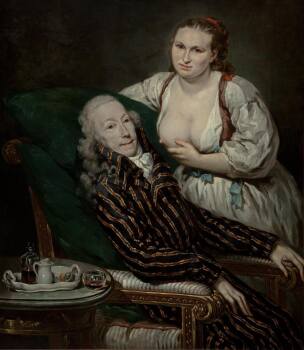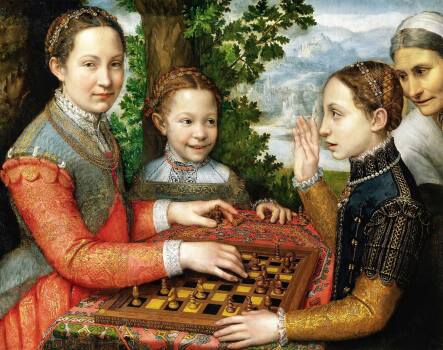The exhibition
will present the artistic work of women from the Middle Ages to the end of the
19th century. Exhibited artworks will highlight the unique qualities of women’s
work, particularly in painting, sculpture, drawing, and graphic art, as well as
in the applied arts, revealing a lesser-known dimension within the history of
art. Attention will be given to the description of the environment in which female
artists worked; social connections and influences shaping their work and the
themes women explored in their art.
For the
first time, visitors will have a chance to see a comprehensive exhibition of female
artists who were active in Central Europe, the Netherlands, and present-day
Italy in the period 1300–1900. The exhibition is focused on this period because
it marks a turning point in the status of women artists: they gradually gained
access to art academies, and both aristocratic and urban women were actively
engaging in art. Female artists were increasingly taking control of their
careers, gradually establishing themselves professionally and socially. However,
only a few were able to run an art studio like male artists.
The
theme of the exhibition underscores a key message: while gender influences
artistic expression and has historically limited women’s opportunities for
recognition and education, what truly matters is talent, skill, and the
determination to succeed in a still male-dominated world.
It may come
as a surprise to some that women’s daring fantasies were already manifested during
the medieval period, revealing how deeply religious women, especially nuns and
monastics, harboured both erotic and maternal desires. Visitors will also be
captivated by the stories of female painters from the Renaissance, many of whom
were victims of violence and intrigue; the cruelty they endured was often
reflected in their artistic work. Many sought to match the output of their male
counterparts, proving that they were just as skilled, if not more so.
In the 17th
and 18th centuries, numerous talented women made their mark north of the Alps, achieving
success as scientists, painters, and travellers. A very inspiring story is that
of Maria Sibylla Merian, who in 1699 undertook an adventurous expedition to
Suriname to study insects. In the late 18th century and the early decades of
the 19th century, several prominent female painters emerged, including Angelica
Kauffmann, Barbara Krafft Steiner, and Amalie von Peter. Their paths were
followed by other artists. Thanks to their talent, family support, and
education, they were able to fully dedicate themselves to professional artistic
creation, which brought them self-fulfilment, respect, and recognition.
1—1 / 4




.jpg?h=350&q=71)









